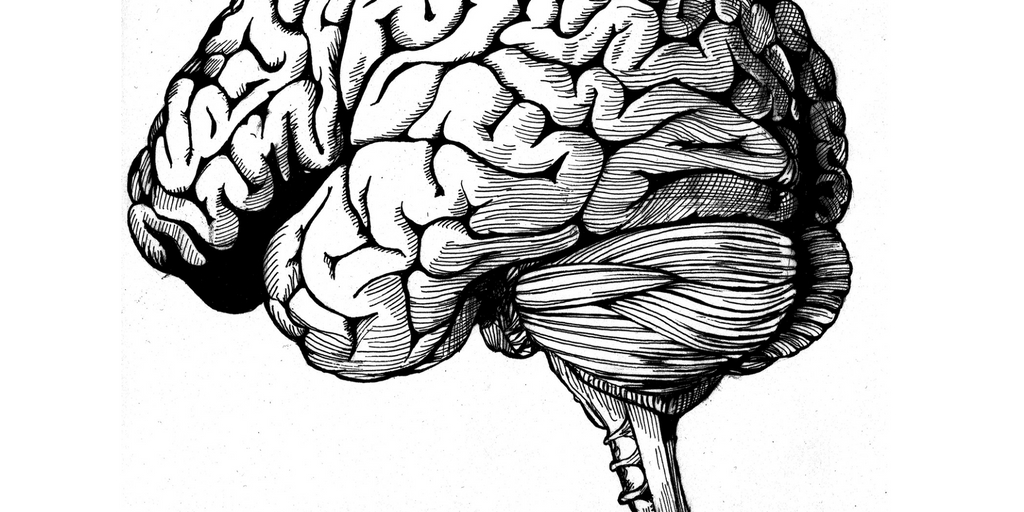Let’s say you’ve got a big meeting coming up with a new client.
This client could be a real game changer for your firm. Not only because of the revenue, but also because the client would’ve been out of your league just a short while ago.
If they sign, your firm’s reputation will take a few major leaps forward. And more importantly, their peers are going to start paying attention to you.
How would you prepare for a meeting like this?
If you’re like most people, you’ll dive into preparing your pitch. You’ll want to make sure you cover all the bases, such as:
- The client’s needs and how you’ll address them
- Why your solution is one of a kind
- Your team’s unique skills and expertise
- Any obstacles the client might raise
- Case studies of similar work you’ve done
- Pricing and fee structure
You bring all this together into an impressive slide deck with some sharp visuals. Then, you deliver the pitch of your life. The message is clear, powerful, and persuasive.
But the client doesn’t take action.
Instead, they thank you for your time, mutter something about budget constraints, and politely excuse themselves from the meeting.
What happened?
The Art of Pre-Suasion: How to Prepare the Client’s Mind to Receive Your Message
This is an all too common scenario.
Whether it’s a big presentation, a simple proposal, or even a small request — you probably find yourself wondering why someone didn’t take action on a regular basis.
It’s tempting to blame the message. To assume that you must’ve gotten the pitch wrong in some small but significant way.
But new research by Dr. Robert Cialdini — a leading authority on influence and persuasion — suggests that the problem might not be the message at all. It might just be that the recipient’s mind hasn’t been prepared to receive the message.
Recently we’ve begun to realize that by focusing so intently on the message itself, we’ve missed a crucial component of the process. Communicators don’t achieve their greatest success by changing a recipient’s mind with a clearly crafted appeal, but rather by changing the recipient’s state of mind, in the moment before the appeal — specifically, so that the recipient becomes more sympathetic to, more readied for, the cleverly crafted message that we have waiting for them. They do that through “pre-suasion”: The practice of arranging for an audience to favor a message before actually experiencing it. — Dr. Robert Cialdini
How a Furniture Store Pre-Suaded Shoppers into Buying More Comfortable Furniture
The evidence Cialdini shares to prove the effectiveness of pre-suasion is incredible. He cites one particular example of a pre-suasion tactic employed by an online furniture store:
There was a study done on visitors to an online furniture store. In that study, people were sent to a website that put the idea of comfort in their minds before they ever started to search the site for information about the furniture there. That was done by putting fluffy clouds on the background wallpaper of the site. Those people who came to the site and experienced this pre-suasive maneuver of seeing fluffy clouds in the background placed greater importance on comfort when asked what they were looking for in furniture. Secondly, they spent more time searching for and looking at the comfort ratings of the furniture in stock. And most tellingly, they preferred more comfortable furniture for purchase.
Now, to be sure the results came from upfront exposure to the idea of comfort, other visitors were directed to a page that initially exposed them to the idea of price by depicting coins on its background wallpaper. These individuals placed greater importance on price, spent more time searching for and looking at information about cost, and preferred inexpensive furniture for purchase. The especially interesting thing was that when questioned afterwards, most refused to believe that what they saw pre-suasively, clouds or coins, had influenced them at all. — Dr. Robert Cialdini
Clouds vs Coins: How Are You Pre-Suading Buyers to Stack the Odds in Your Favour?
The furniture store example is a useful one. By pre-suading buyers with some simple imagery, the furniture seller was able to focus the buyer’s mind on a particular feature and influence the buying decision.
The possibilities for you to do the same with your buyers are endless.
- Is your buyer looking for a specific benefit? Pre-suade them by highlighting the importance of that benefit before your pitch. Send a blog article on the topic in advance of the meeting. Begin the discussion with a story of how another one of your clients achieved that benefit. Paint a picture of what life will be like once that benefit is realized.
- Is the breadth of your team’s expertise a key differentiator? Bring every team member who is going to be involved in the project to the meeting. Ask them to contribute to the conversation where appropriate. Pre-suade your buyer into believing that having breadth of expertise is critical to the success of the project.
Coming up with pre-suasion tactics is relatively easy. The hard part is defining what you want the tactic to achieve.
